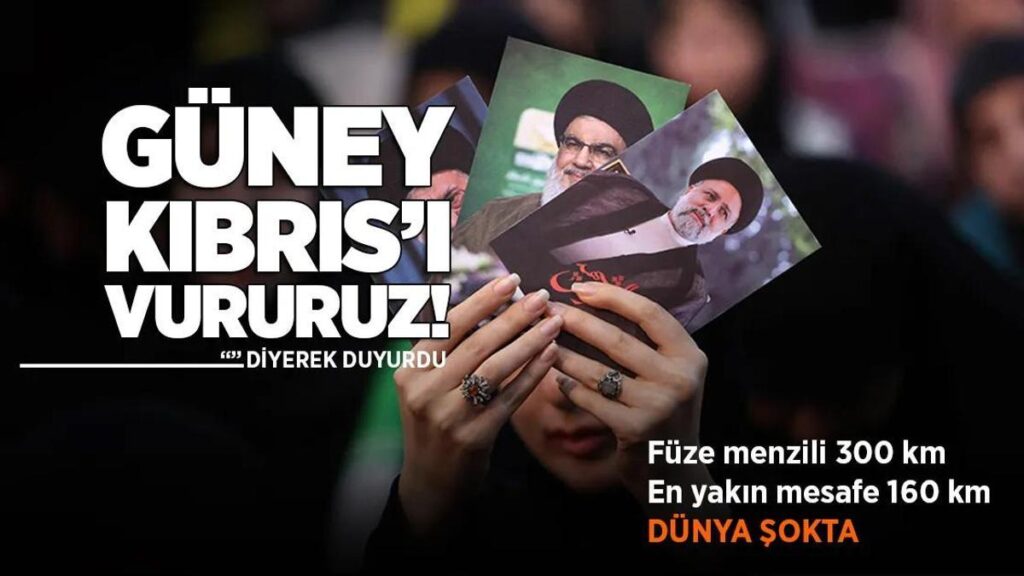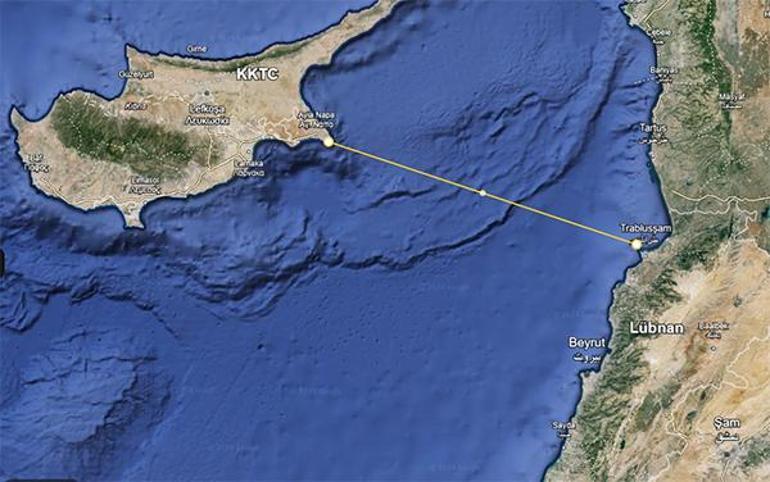
Tensions have been escalating rapidly since early June, and parties to the conflict on the northern front are now openly discussing “all-out war.”
The day after Israeli occupation forces launched their attack on the Gaza Strip, fighting with Hezbollah began on the Lebanese border. In the past 257 days, many commanders of Hezbollah, Iran’s main ally, have been killed in Israeli attacks, and Hezbollah has lost more than 300 of its militiamen. On the Lebanese side, dozens of civilians, including children, women and journalists, lost their lives, and more than 90,000 people were forced to leave their homes along the border. In Israel, a rain of Hezbollah missiles forced the evacuation of dozens of settlements along the border, and more than 60,000 people are waiting for months to return. In addition, 14 Israeli soldiers, including a general, were killed.
US: Israel to attack within 5 weeks
The United States, Israel’s number one ally, again dispatched President Joe Biden’s senior adviser Amos Hochstein to Tel Aviv and Beirut. Hochstein, who met with a number of Israeli officials, including Prime Minister Benjamin Netanyahu, in Tel Aviv on Monday, appeared before reporters in the Lebanese capital, Beirut, on Tuesday. Amos Hochstein said the border dispute has gone on long enough, stressing that it is in everyone’s interest to quickly resolve the issue through diplomacy.
The Middle East Eye reported that US representatives told Lebanese officials in meetings that Israel is preparing to invade the northern part of the border, which is expected to begin within the next five weeks. The aim of the Israeli invasion is to keep Hezbollah fighters on the border north of the Litani River.
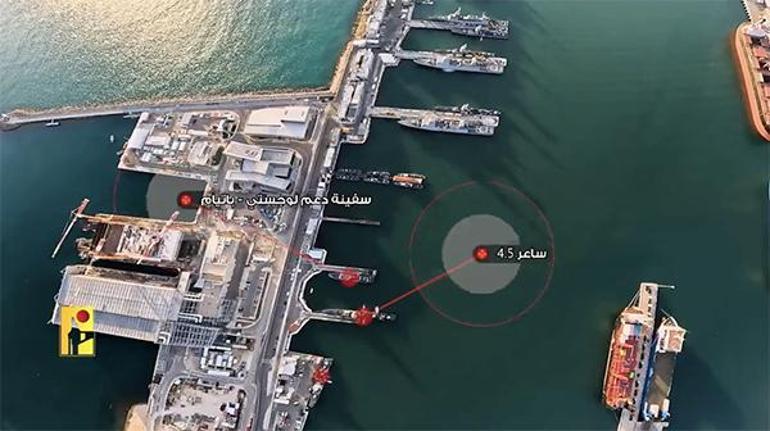
Drone footage of pouring gasoline on fire
The attack by Hezbollah, Lebanon’s most powerful military force, reached the shores of Lake Tiberias, 30 kilometers inland, for the first time. The release of a nine-minute drone footage showing a military base and Iron Dome air defense system in Israel’s third largest city, Haifa, added fuel to the fire.
Hours after the video was released, Israeli Foreign Minister Israel Katz said, “Israel is very close to deciding to change the rules on Hezbollah and Lebanon. An all-out war would destroy Hezbollah and deal a heavy blow to Lebanon.”
Katz’s threat and his endorsement of Israel’s war plans on the northern front were followed by a televised speech by Hezbollah leader Hassan Nasrallah.
Nasrallah stressed his readiness for an all-out war with Israel and warned Israel that if it erupts into an all-out war, “there will be no rules or limitations” in the conflict. The Hezbollah leader said, “If such a war breaks out, no part of Israel will be safe from rocket and armed drone attacks,” hinting at an invasion of northern Israel.
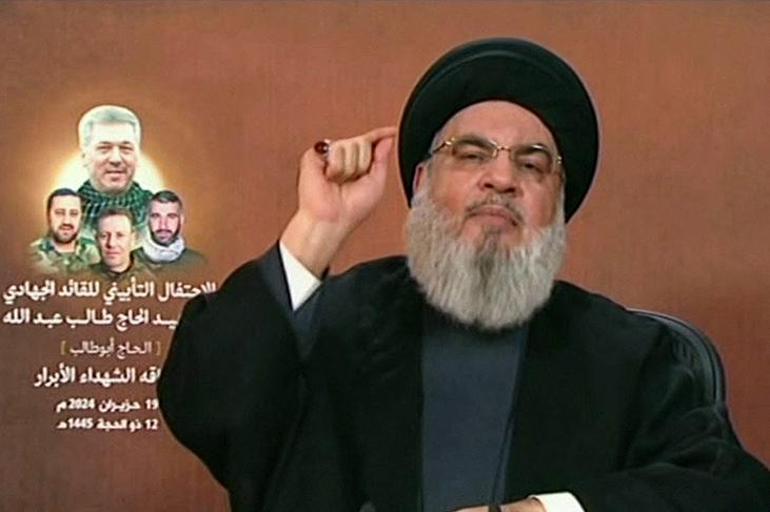
He added that Hezbollah has “new weapons” that can be seen on the field, with Hassan Nasrallah describing the impactful Haifa footage as “part of the psychological warfare against the enemy.”
Prime Minister Hassan Nasrallah also announced to the world that Israeli warplanes would attack Southern Cyprus if they opened their bases in preparation for a possible attack on Lebanon. Nasrallah stressed that Israel is constantly conducting military exercises with Greek Cypriots, and noted that they had received information and rumors that Cypriot airports and bases would be used to attack Lebanon.
The shortest distance is 160 km
The leader of Lebanon’s largest military force, Hezbollah, has made the first such threat to Southern Cyprus, a member state of the European Union. The flying distance between Lebanon’s capital, Beirut, and Southern Cyprus is 240 kilometers. The shortest distance between the east of Southern Cyprus and the north of Lebanon is 160 kilometers.
Hezbollah’s arsenal of tens of thousands of missiles includes Fatah and Zelzal missiles, with ranges of 300 and 210 kilometers.
Southern Cyprus leader Nikos Christodoulidis responded to Lebanon’s threats by saying he would not side with either Israel or Hezbollah. “Cyprus is not the problem, it is part of the solution,” Christodoulidis said, reminding that humanitarian aid is transported to Gaza through the state of Cyprus.
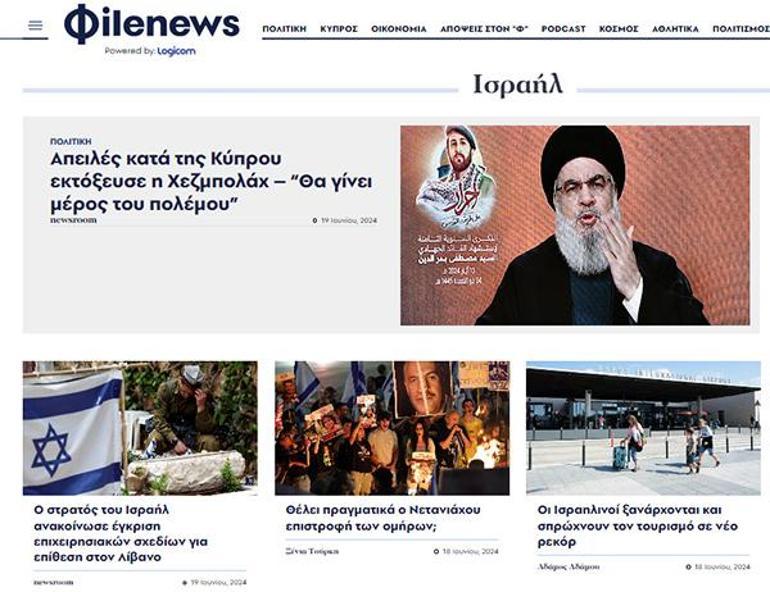
Heading has been changed
The headlines in Greek newspapers today were predictably Hezbollah threats. The Cyprus Mail ran the headline “Hezbollah leader threatens southern Cyprus, says Christodoulides: ‘We are part of the solution'”, reporting that Nasrallah had threatened Greece for the first time.
While Philefteros reported, “Hezbollah threatens Cyprus: will be part of war,” Simerini preferred the headline, “Hezbollah leader threatens Southern Cyprus over possible cooperation with Israel.”
Politis also published statements by Hassan Nasrallah and Nikos Christodoulidis on a separate page.
“Do those who play with fire want a new war?”
“Do the sides playing with fire want a new war?” asked BBC Middle East correspondent Lucy Williamson, who summed up the current situation in this sentence: “A tit-for-tat approach is increasingly being adopted, which runs the risk of dragging both sides into war if targets are deemed too sensitive or if attacks result in too many casualties.” According to Williamson, the only way to resolve Israel’s border issue with Lebanon diplomatically seems to be to reach a ceasefire in Gaza.
The border between Lebanon and Israel is known as the Blue Line, and UN peacekeeping forces have been operating in the area for many years.


